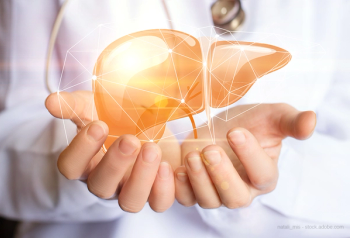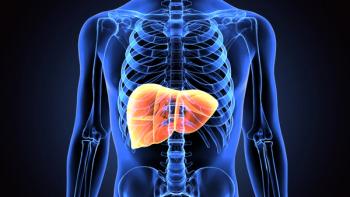
Drug for Primary Biliary Cholangitis Looks Promising After Positive Results in a Phase 3 Trial
Just over half (51%) of patients who treated with the experimental agent, called elafibranor, achieved a biochemical response compared with only 4% of those patients randomly assigned to placebo.
Positive
PBC is a rare autoimmune liver disease that affects the small bile ducts within the liver leading to cholestasis and liver fibrosis. The incidence is to be between in 2 to 24 cases per million population. The disease primarily affects women and causes debilitating symptoms of fatigue and severe itching (pruritus). A build-up of bile and toxins (cholestasis) and chronic inflammation causes irreversible fibrosis (scarring) of the liver and destruction of the bile ducts.
It is a life-long condition that can worsen over time and if not effectively treated, leads to a liver transplant and in some cases, premature death. While the exact cause of primary biliary cholangitis is unknown, it is believed to be a combination of genetic and environmental factors.
The standard of care for PBC focuses on slowing disease progression and treating disease-related complications such as pruritus, fatigue, portal hypertension, osteoporosis and fat-soluble vitamin deficiency. FDA-approved ursodiol (ursodeoxycholic acid, UDCA) is the first-line treatment for patients in all stages of the disease as it has been shown to delay the progression of hepatic fibrosis. Additional drugs such as Ocaliva (obethicholic acid) may be part of a patient’s therapy when there is an incomplete response to UDCA.
The limited therapeutic options, a notable lack of therapeutic response with existing agents and safety concerns about both UDCA and Ocaliva means there’s a market for other treatments, despite PBC being a rare disease
Building off a phase 2 trial demonstrating that elafibranor yielded clinically significant reductions of biomarkers of disease activity in patients with PBC, GENFIT, a French biotech company, and Ipsen Biopharmaceuticals, headquartered in Basking Ridge, New Jersey, continued their investigation with a phase 3 trial called ELATIVE.The trial, which GENFIT and Ipsen funded, was a multicenter, randomized, double-blind, placebo-controlled trial in 161 patients that investigated the effectiveness and safety of elafibranor as a treatment for primary biliary cholangitis. The participants, who had an inadequate response or intolerance to UDCA, were randomly assigned to receive either 80 mg of Elafibranor or a placebo once daily for 52 weeks.
The primary measure of efficacy was a biochemical response, defined as a reduction of 15% or greater from baseline in alkaline phosphatase (ALP) level (a marker of liver function) to less than 1.67 times the upper limit of the normal range, along with normal total bilirubin levels, at week 52.
The results showed that 51% of patients who received elafibranor achieved a biochemical response, compared to only 4% of patients who received the placebo. The difference in response rates between the two groups was 47 percentage points.
ALP and bilirubin are important predictors of PBC disease progression as elevated levels are associated with a higher risk of adverse outcomes. An observed decrease in levels of both can indicate reduced cholestatic injury and improved liver function.
The results showed that 15% of patients receiving elafibranor achieved normalization of ALP at week 52, a key secondary endpoint of the trial, while no patients in the placebo group achieved normalization. Elafibranor also demonstrated rapid and sustained reductions in baseline ALP levels by week 4 compared to placebo. By week 52, 41% of elafibranor treated patients experienced a decrease in ALP.
Another secondary endpoint assessed pruritus (itch) intensity from baseline through week 52 and through week 24. Pruritus is a chief complaint in patients with PBC. This symptom is generally treated with cholestyramine, rifampin, and opioid antagonists; selective serotonin reuptake inhibitors been used in refractory cases. The results of the study showed no significant difference between the elafibranor and placebo groups in patients with moderate-to-severe pruritus based on responses to the Worst Itch NRS Score. The authors added that elafibranor showed a possibility of improved relief from pruritus (severe itch) compared to placebo based on two other self-reported itch metrics, the PBC-40 Quality of Life questionnaire and the 5-D Itch total score.
Elafibranor was well-tolerated with a safety profile consistent with previous trials. Greater than 10% of patients experienced adverse events such as abdominal pain, diarrhea, nausea, and vomiting in the Elafibranor group than in the placebo group.
As the authors point out, the results of ELATIVE trial suggest that elafibranor could offer an effective new second-line treatment, creating an opportunity for managing PBC disease progression and improving clinical outcomes. The authors emphasized the potential of elafibranor as a paradigm-changing treatment for PBC.
Newsletter
Get the latest industry news, event updates, and more from Managed healthcare Executive.





















































